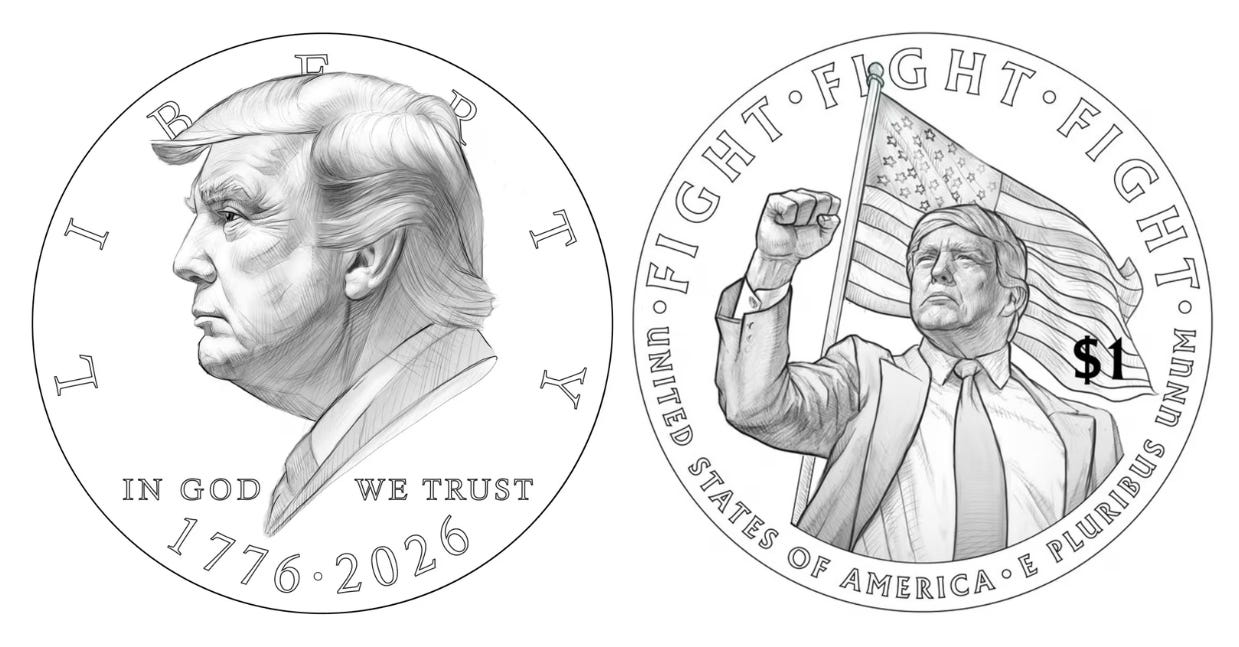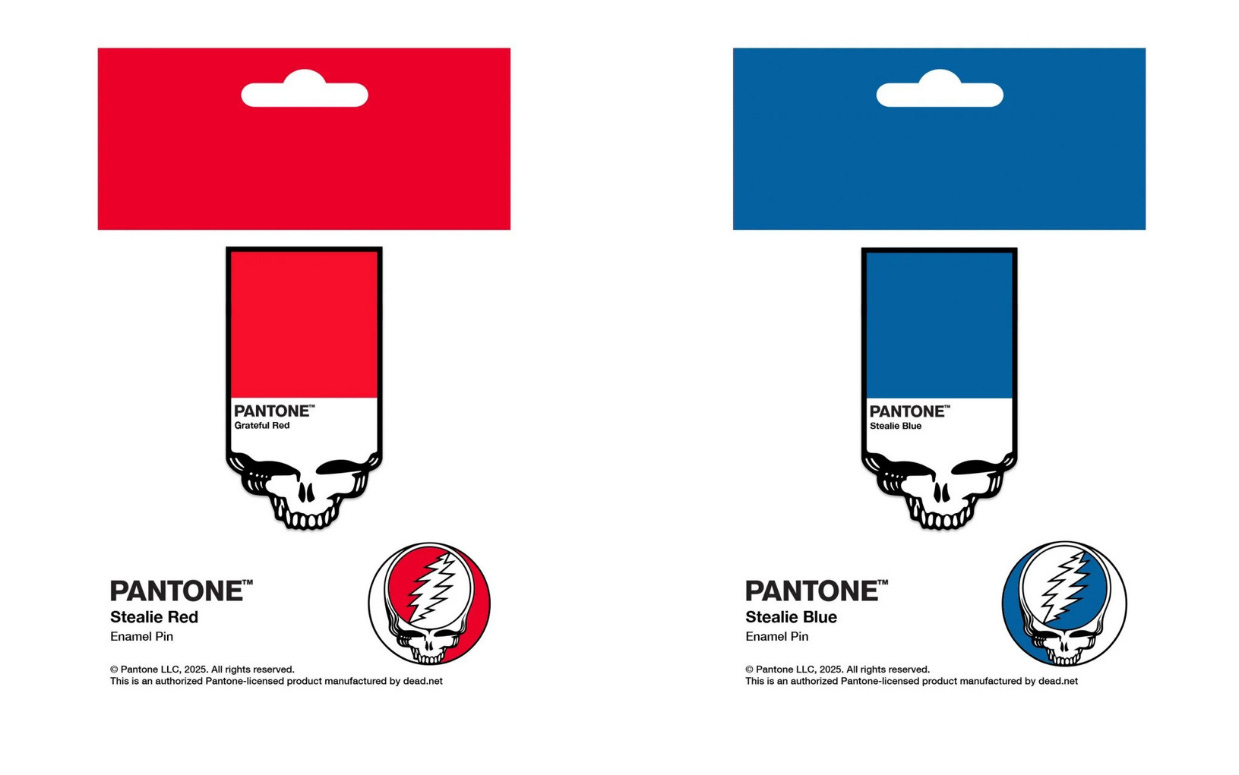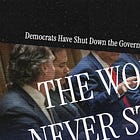This country's new tourism campaign was designed for a world on edge
Plus: Shoutout to Bob Ross, whose paintings are being auctioned to raise money for public television facing federal cuts
Sweden is hoping to attract tourists by playing up the health benefits of visiting.
“The Swedish Prescription” is a new campaign from the Swedish national tourism organization Visit Sweden, and the face of the brand is a doctor in a lab coat armed with a stethoscope and convincing argument about the restorative properties of Swedish saunas, museums, and vistas.
“Get your doctor to prescribe Sweden and see what we can do for your wellness,” the doctor says in the campaign’s launch video, which is edited like an American prescription drug ad.
Sweden doesn’t actually have direct-to-consumer prescription drug ads like the U.S. or New Zealand, the only two high-income countries that allow them, but Visit Sweden nails the side effects disclaimer at end, with sarcastic side effects like “completely forgetting to check your phone” and the warning “actual human connection can be habit-forming.”
State, provincial, and national agencies competing for tourism dollars now are experimenting with new and novel ways to promote their destinations, like Pure Michigan, which bottled a scent that could be turned into a perfume-style magazine insert, and Tourism Eastern Townships, an agency for a region in Quebec, Canada, that welcomed Americans back with a hug in an ad meant to defuse cross-border tensions. Visit Sweden’s new campaign is about playing up tangible health benefits at a time post-pandemic when the pull of wellness seems bigger and more urgent than ever.
Sweden’s new tourism initiative has its own doctor’s note that your personal doctor may or may not accept that says Sweden is “the first country in the world prescribed by doctors.” It remarks that “doctors are increasingly prescribing time in nature or cultural activities to support both mental and physical health,” and there’s an appendix at the end with citations to studies they say prove “the core health benefits associated with Sweden’s natural environment and way of life.”
Sweden, where the right of public access — or the “freedom to roam” — is constitutionally protected (Editor’s note: can we please make that the 28th U.S. Amendment?? That and a hot dog and I’m set), rates high the on happiness scale along with its Nordic neighbors, and the country thinks it has the answers to today’s uncertain times.
“We live in a world of turmoil. Many people are struggling to cope and are suffering from stress and anxiety,” Visit Sweden’s senior PR manager Steve Robertshaw told the BBC, and the new campaign “creates an opportunity to highlight the benefits of Sweden’s nature and lifestyle as a research-backed growing movement in patient care.”
Commercializing wellness isn’t new, of course, but Visit Sweden shows how compelling it remains as a selling point, especially when backed up with a note from a doctor.
Luckily for those not planning a Swedish vacation time any soon, you can still practice wellness at home, whether sitting in a cheap Ikea chair you put together yourself or at a local park. Your own personal Sweden awaits. Be well.
The Treasury wants to make a Trump coin. That’s actually against the law.
Living people can’t be on U.S. currency, but Trump’s Treasury Department says it found a loophole.
U.S. Treasurer Brandon Beach said Friday that the Treasury Department would release a $1 coin next year “honoring America’s 250th Birthday” and Trump. Draft images of the coin showed a side profile of Trump on one side and the words “fight, fight, fight” on the other over a depiction of Trump with his fist raised in front of a U.S. flag that evokes the image of Trump after the assassination attempt against him in Pennsylvania last year.
The only problem? An 1866 law prohibits living people from being depicted on U.S. currency. However, the Treasury claimed the Circulating Collectible Coin Redesign Act of 2020, which gives the agency the ability to issue coins for 2026 “with designs emblematic of the United States semiquincentennial,” gives them a reason and cover to put Trump on a coin.
“Looking forward to sharing more soon, once the obstructionist shutdown of the United States government is over,” Beach wrote on social media.
Here’s how much ICE is spending on advertising
The agency is spending millions on recruiting.
An Associated Press tally found that U.S. Immigration and Customs Enforcement, or ICE, is spending $30 billion to recruit 10,000 deportations officers by the end of the year and running ads in more than a dozen metro areas.
ICE recruitment ads are running Atlanta; Albuquerque, N.M.; Boston; Chicago; Dallas; Denver; El Paso, Texas; Houston; New York City; Philadelphia; Sacramento, Calif.; Salt Lake City; San Antonio; and Seattle, according to the AP.
ICE is offering new recruits $50,000 bonuses and student loan forgiveness funded through Trump’s One Big Beautiful Bill Act. Overall, ICE is budgeted $76.5 billion, or 10 times its previous budget, and at a time when other agencies are facing steep cuts.
Shoutout to Bob Ross, whose paintings are being auctioned to raise money for public television facing federal cuts

Bob Ross to the rescue. With public television stations navigating life after deep Trump administration cuts slashed their budgets, Bob Ross Inc. announced Tuesday that it will auction 30 paintings by the late artist to pay for programming costs for impacted stations.
The auction house Bonhams will auction the first three Ross paintings in Los Angeles on Nov. 11, with more auctions to follow online, as well as in person in Boston, New York City, and London, according to the Associated Press. The profits will go to help stations pay for licensing fees for shows distributed by American Public Television, like Ross’s own The Best of Joy of Painting, Julia Child’s French Chef Classics, and This Old House.
The U.S. public media budget has been cut by $1.1 billion under Trump, forcing 330 PBS stations and 246 NPR stations to make do by cutting costs and asking their audiences for help.
Have you seen this?
Four campaign veterans weigh in on how politics has changed. “I guess the biggest change that I’ve seen is the fragmentation of politics. You know, we used to have three networks. We used to all watch the same late night show. We used to all respect the same institutions. We used to salute the same flag. It meant the same thing to everyone. What is it that we all have in common today? That’s a harder question these days.” [Campaigns & Elections]
The fundraising-industrial complex is eating American politics. New data reveals campaigns burn about a third of donations raised just asking for more donations. [On Data and Democracy]
Grateful Dead gets its own Pantone colors. The shades are derived from the band’s iconic lightning skull logo. [Artnet News]
What Trump said in his first new presidential TikTok. After literally saying he wants to send the military into U.S. cities, POTUS is working to send the military into even more U.S. cities, but judges are pushing back, as is a super-popular country singer. [Whig by Hunter Schwarz]







